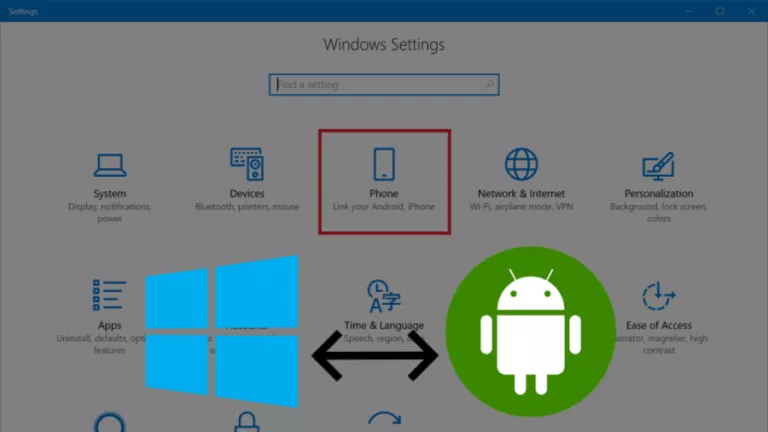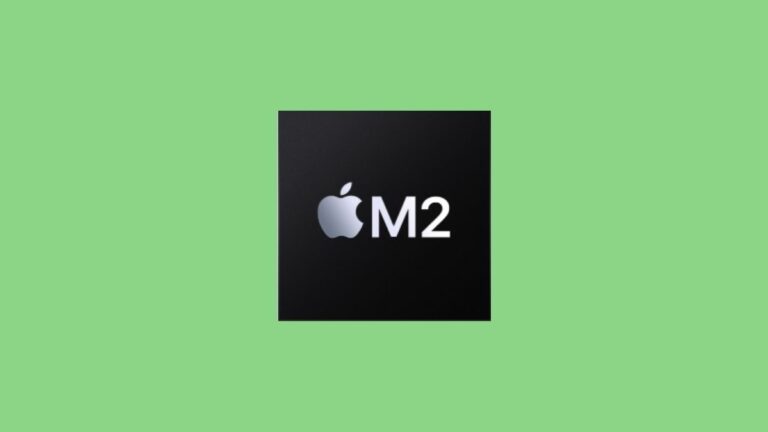Linux Kernel 5.9 Released: Drops Support For Multiple Floppies

Linus Torvalds has just released a new Linux 5.9 kernel with numerous improvements, features, and support for new hardware like SoC and GPU.
Linux 5.9: What’s New?
Like the previous version release, v5.9 has also added initial support for components such as AMD RDNA 2 graphics cards, Intel Rocket Lake graphics, Intel Keem Bay SoC, Sienna Cichlid, and Navy Flounder GPUs.
Another big addition to Linux 5.9 is a Multi-Color LED Framework, which brings clustered colored LEDs into an array so that userspace can adjust the brightness of the cluster using a single file write.
Along with the new additions, Kernel 5.9 has also continued to improve support for USB4, and file systems like Btrfs and F2FS. Furthermore, it has finally mainlined FSGSBASE 64-bit instruction set to boost performance for both Intel and AMD systems.
Going further, Linux kernel 5.9 has removed the Unicore 32-bit RISC architecture. Since not many people use floppies for booting nowadays, it has also dropped support for multiple floppies.
Here’s I’m listing other key changes that Linux 5.9 includes:
- Support for NVMe’s Zoned Namespace (ZNS)
- Removed system call
sys_sysctl - Support for Zstd compressed kernel
- Enabled context tracking for RISC-V
- Support for Lenovo ThinkPad 10 Ultrabook Keyboard
- Support for Infrared Toy and IR Droid devices
For more details about Linux kernel 5.9, you can also read a very well-documented Kernel Newbies or Phoronix page.
With the v5.9 release, Linus Torvalds has also opened a two-week merge window for the next Linux 5.10, which will most probably arrive in the mid or last week of December. Starting today, he will begin merging requested changes for a new development cycle into the mainline kernel.






